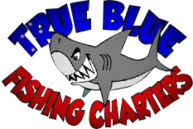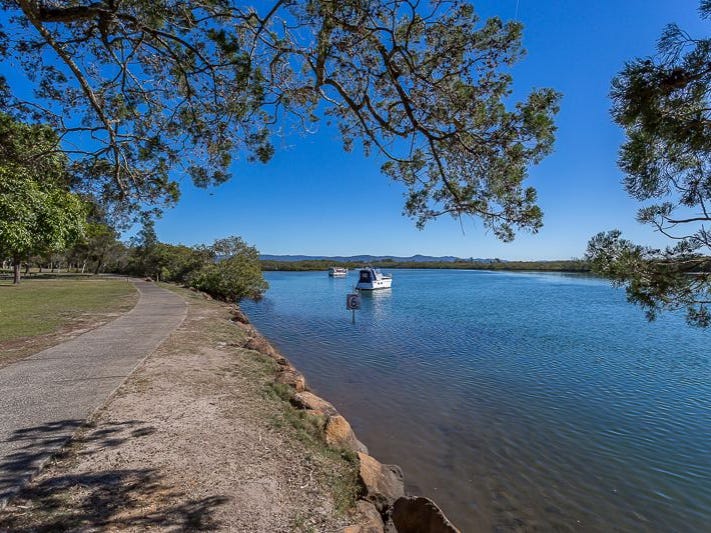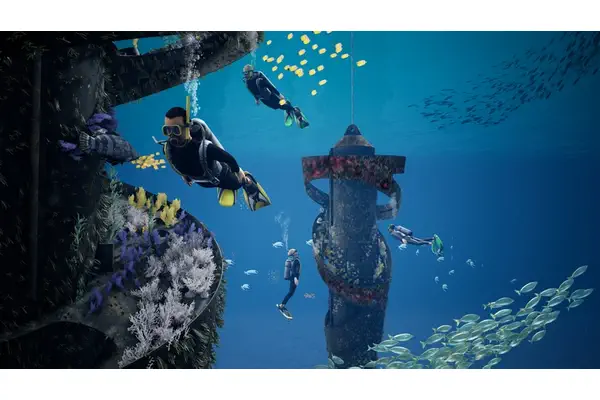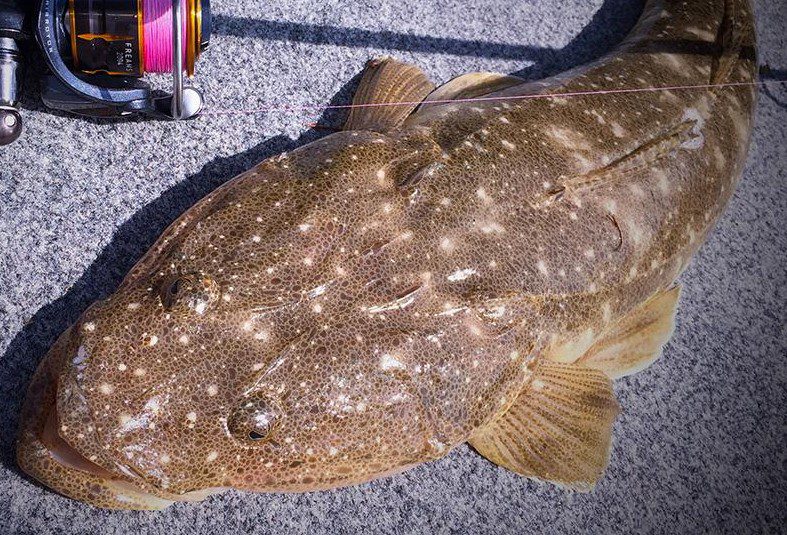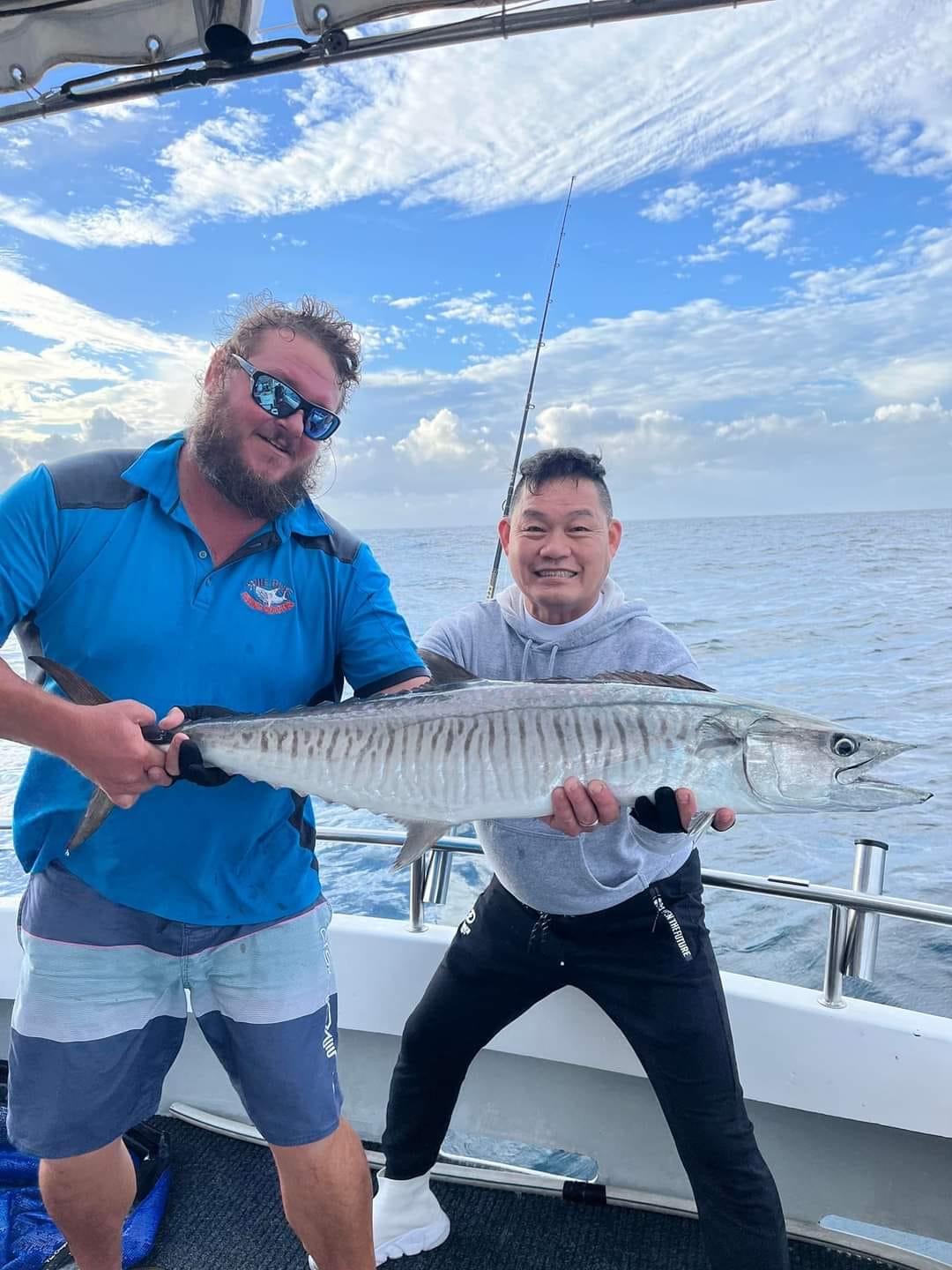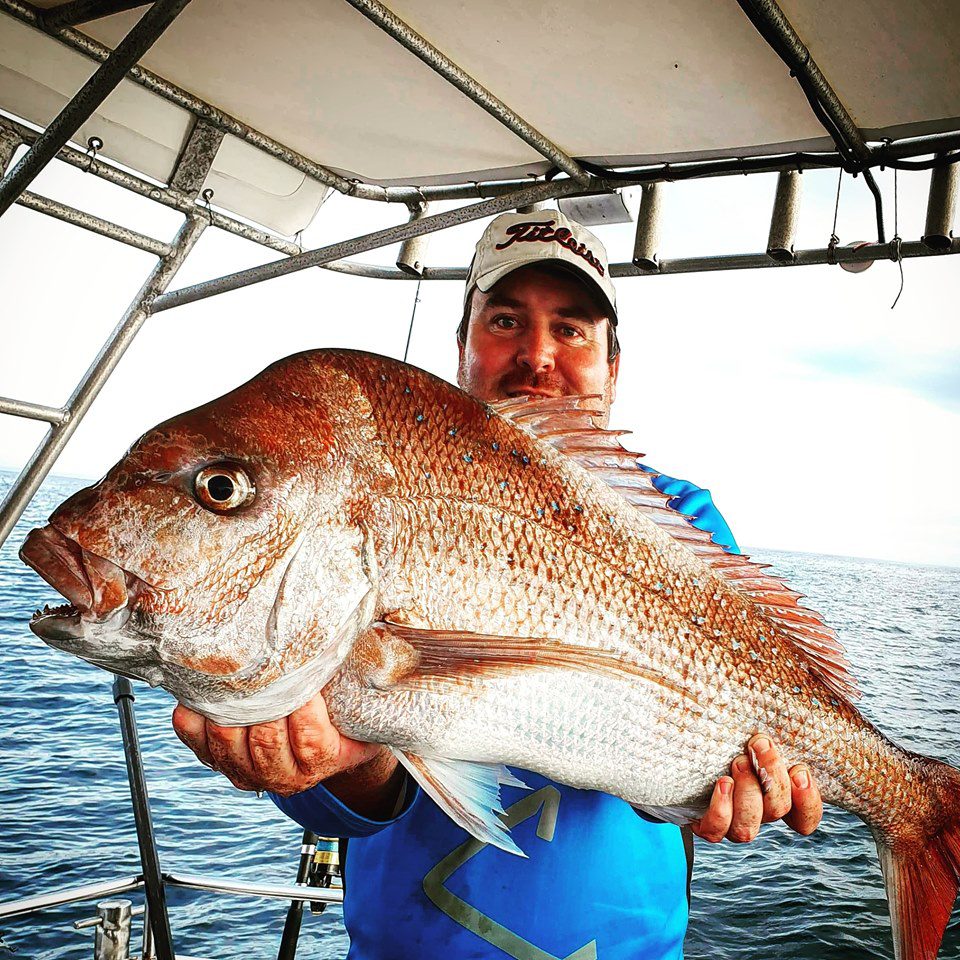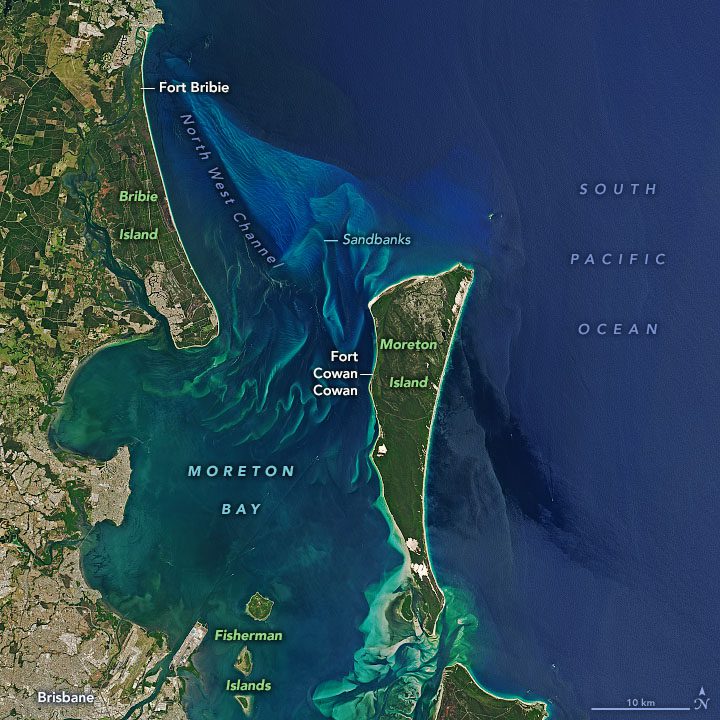Nestled along the stunning Gold Coast of Queensland, Australia, Coombabah Creek is a hidden gem for fishing enthusiasts seeking tranquility and natural beauty. This picturesque waterway flows from the Coomera River at Paradise Point to Helensvale, offering a wealth of angling opportunities. In this comprehensive guide, we will explore the diverse habitat of Coombabah Creek, including mangroves, sand/mud flats, and narrow channels. We’ll also delve into essential fishing techniques, tackle recommendations, and even share some land-based fishing spots. Plus, we’ll reveal the best bait options that have proven effective in these waters. All of this is aimed at optimizing your fishing experience.
Discovering Coombabah Creek’s Unique Habitat
Coombabah Creek is a testament to nature’s brilliance, offering a diverse habitat that sustains a thriving ecosystem. As you explore its banks, you’ll encounter:
Mangroves: These intricate mangrove forests play a crucial role in nurturing marine life. They serve as sanctuaries, breeding grounds, and food sources for various aquatic species.
Sand/Mud Flats: The sandy and muddy expanses of the creek are rich feeding grounds for fish species. These flats are particularly appealing to bream, whiting, and flathead.
Narrow Channels: The creek’s winding channels provide shelter and ambush points for larger predators like mangrove jack and giant trevally.
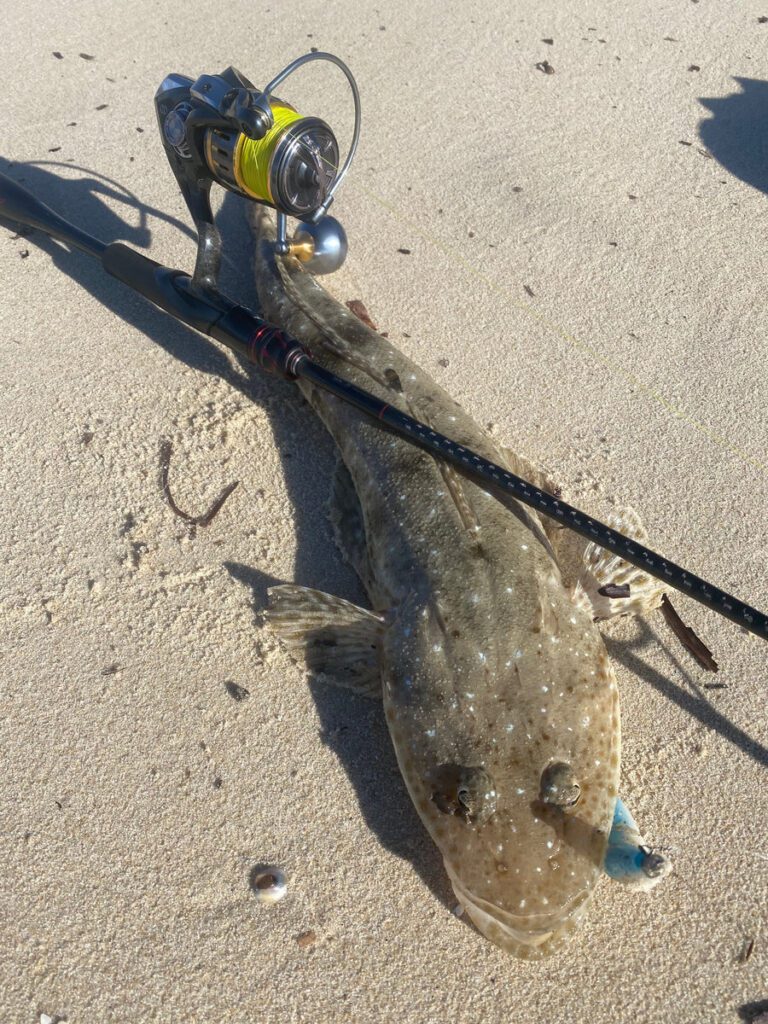
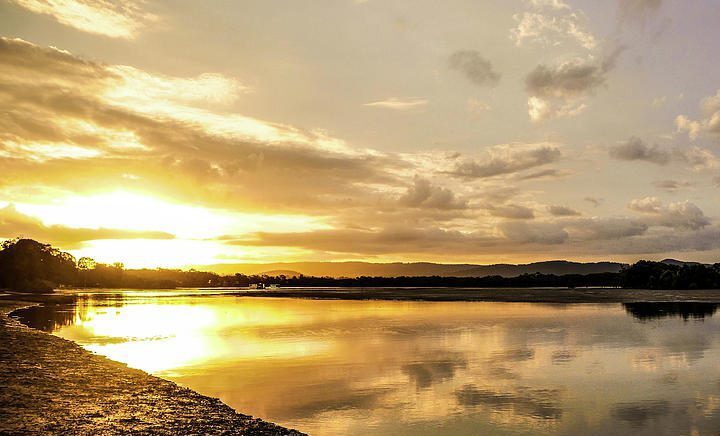
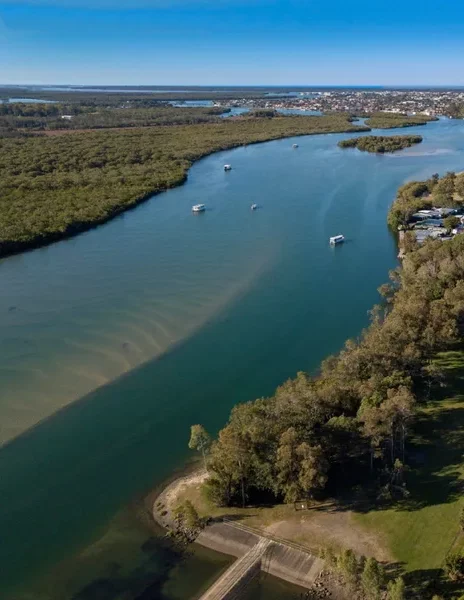
Navigating Coombabah Creek with Care
Coombabah Creek is a fragile ecosystem deserving of utmost respect and conservation. Here are some guidelines to ensure your fishing adventures remain sustainable and enjoyable:
Observe Bag and Size Limits: Comply with bag and size limits for the fish species you aim to catch, promoting the conservation of local fish populations.
Mind Your Litter: Preserve the environment by packing out your trash, leaving no trace of your visit.
Respect Wildlife: Coombabah Creek is home to diverse wildlife; maintain a respectful distance from birds, reptiles, and mammals to minimize disturbance.
Use Sustainable Fishing Practices: Opt for barbless hooks and practice catch-and-release for species not intended for consumption, contributing to the creek’s fish population’s sustainability.
Be Mindful of Tides: Plan your fishing trip around the tides to ensure safe navigation and access to prime fishing spots.
Navigational Note: Coombabah Lake
While Coombabah Creek offers an abundance of fishing opportunities, it’s essential to note that the Coombabah Lake at the end of the creek is off-limits for fishing. This area is designated as the Coombabah Lakelands Conservation Area, where fishing is prohibited to protect the fragile ecosystem and wildlife habitat. Be sure to respect these regulations and refrain from fishing in this restricted zone.
Mastering Fishing Techniques
To enhance your success in Coombabah Creek, it’s essential to employ effective fishing techniques:
Drifting with Live or Dead Baits: Utilize live or dead baits like prawns, worms, or small fish while drifting along the creek’s currents. Monitor your line for any movements indicating a fish taking the bait.
Casting Lures at Structure: Use hard-bodied lures and soft plastics to mimic prey fish near the creek’s structures, such as mangroves and submerged logs. This technique is effective for bream, flathead, and mangrove jack.
Poppers for GTs (Giant Trevally): For an adrenaline rush, try topwater fishing with poppers for GTs. Cast near structure or baitfish-rich areas, retrieving the popper with quick, erratic pops to provoke explosive surface strikes.
Anchoring and Creating a Burley Trail: Drop anchor strategically in areas of interest and create a burley trail using mashed bait and water. This scent and particle trail lures fish to your location.
Selecting the Right Tackle
For Coombabah Creek fishing, equip yourself with a 6 to 7-foot spin rod paired with a 3000-4000 size reel, utilizing 3-10 kilo braid mainline for enhanced sensitivity and casting distance. Attach a fluorocarbon leader to your line to prevent fish detection.

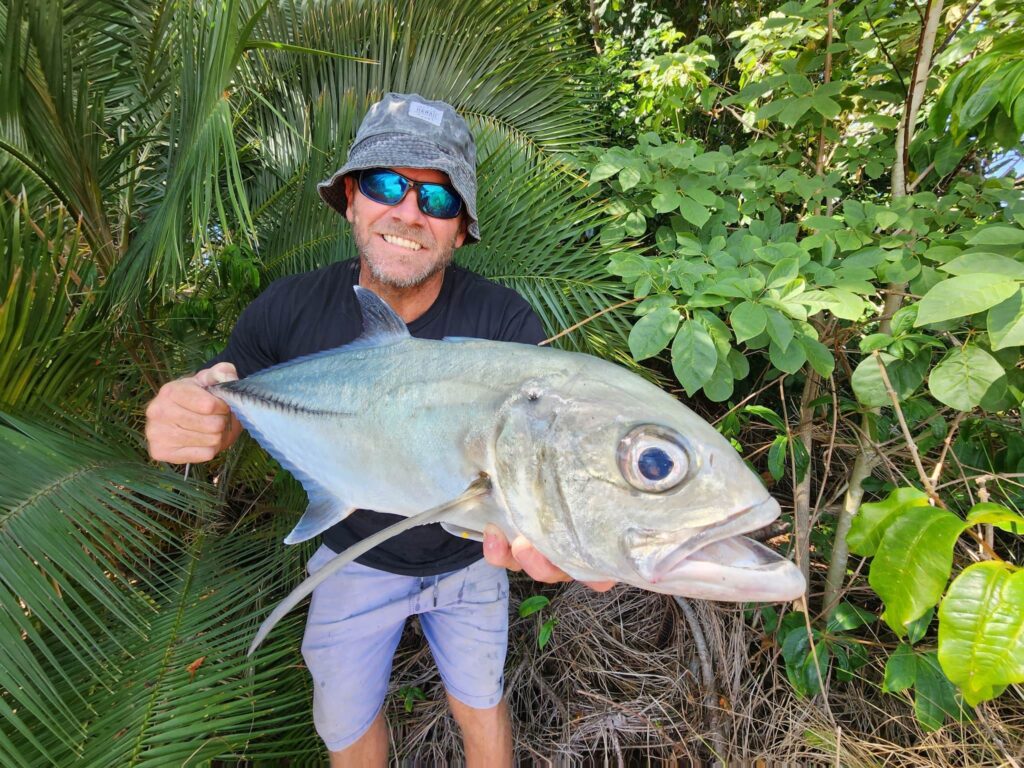
Exploring Land-Based Fishing Spots
Coombabah Creek offers fantastic land-based fishing spots, such as:
Jabiru Island off the Rock Walls: Fish off the rock walls near Jabiru Island for bream, flathead, and whiting. Cast your bait or lures along the rocks for a rewarding experience.
Foreshore along the Esplanade at Coombabah: The esplanade’s foreshore provides easy access for land-based anglers, offering opportunities to catch bream, flathead, and mangrove jack.
The Weir at the End of Myola Court near the Bridge: Visit the weir at the end of Myola Court for peaceful land-based fishing. Target bream, whiting, and flathead by casting your line into the still waters near the weir.
Mastering Fishing Techniques
To enhance your success in Coombabah Creek, it’s essential to employ effective fishing techniques:
Drifting with Live or Dead Baits: Utilize live or dead baits like prawns, worms, or small fish while drifting along the creek’s currents. Monitor your line for any movements indicating a fish taking the bait.
Casting Lures at Structure: Use hard-bodied lures and soft plastics to mimic prey fish near the creek’s structures, such as mangroves and submerged logs. This technique is effective for bream, flathead, and mangrove jack.
Poppers for GTs (Giant Trevally): For an adrenaline rush, try topwater fishing with poppers for GTs. Cast near structure or baitfish-rich areas, retrieving the popper with quick, erratic pops to provoke explosive surface strikes.
Anchoring and Creating a Burley Trail: Drop anchor strategically in areas of interest and create a burley trail using mashed bait and water. This scent and particle trail lures fish to your location.
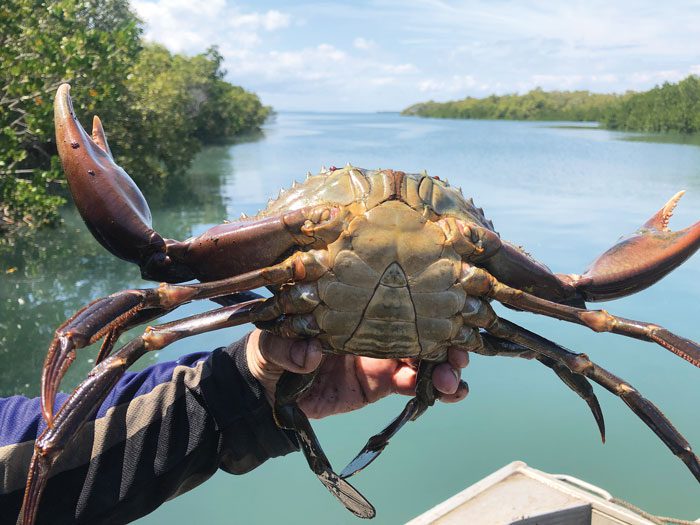
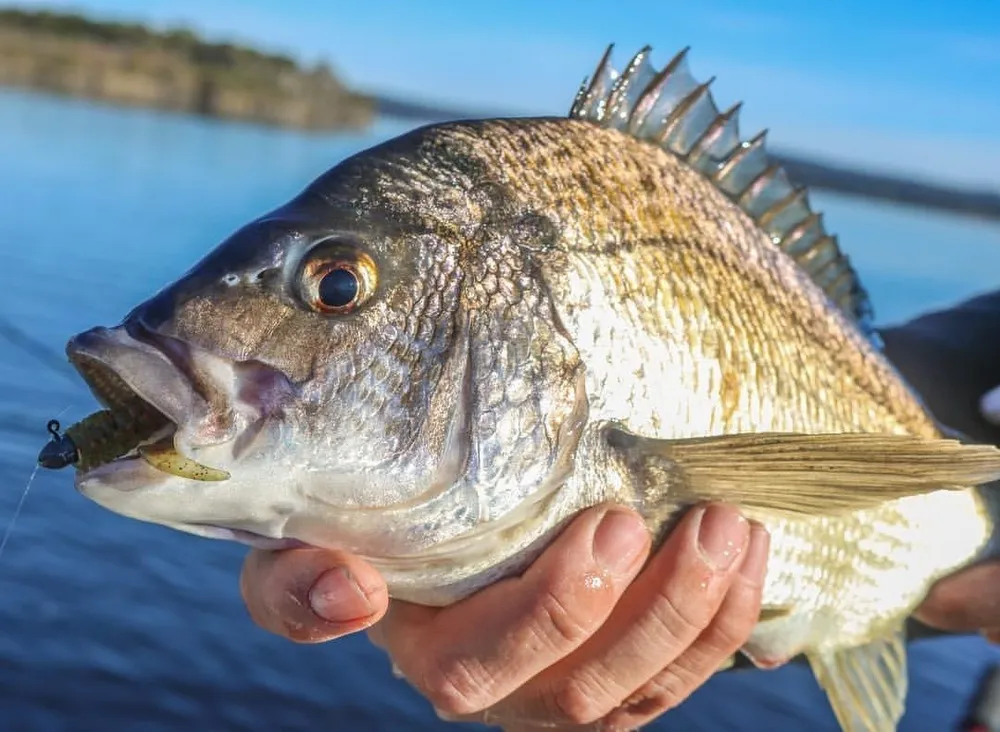
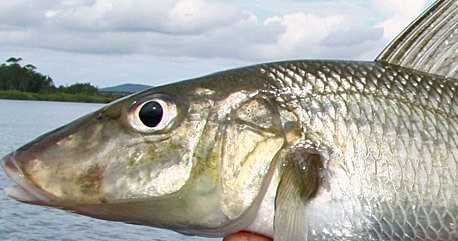

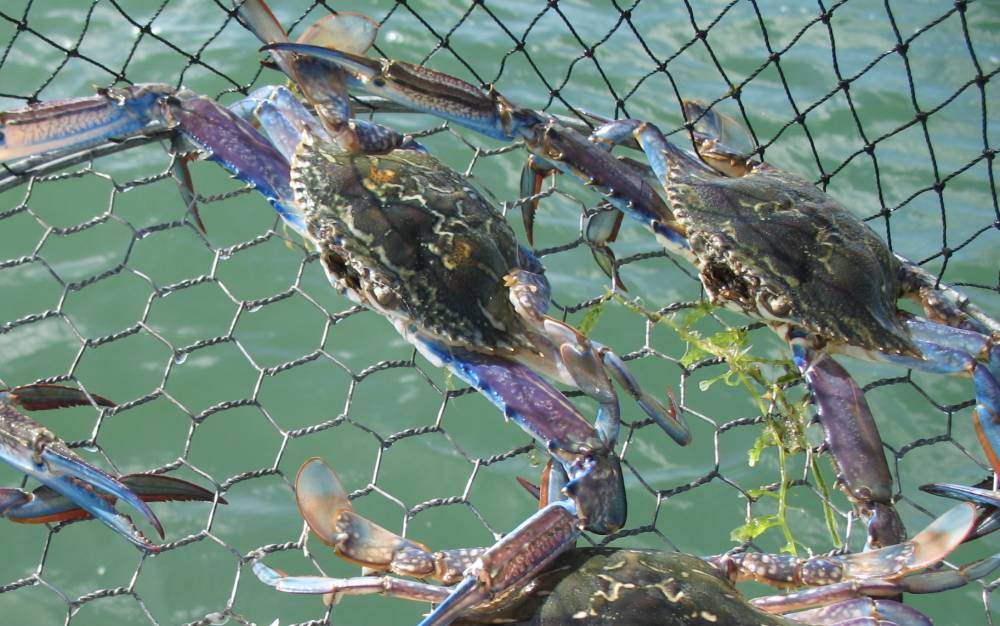
Mastering Bait Selection for Coombabah Creek Fishing
One of the key elements to successful fishing in Coombabah Creek is choosing the right bait. The type of bait you use can make a significant difference in attracting the attention of your target fish species. Here, we’ll explore some of the best bait options that have proven effective in these waters.
Live Bait Options:
Live Yabbies: Live yabbies are among the top choices for bait in Coombabah Creek. These small crustaceans are readily available and can be pumped from the sand flats at low tide. Their natural movements and scent are irresistible to a wide range of fish species.
Live Herring or Mullet: Both live herring and mullet are excellent live bait options. They’re known for their energetic movements and are highly appealing to predatory fish like flathead and mangrove jack.
Dead Bait Selection:
White Bait: White bait is a versatile dead bait that works well in Coombabah Creek. These small, silvery fish are a favorite among many species and can be used whole or cut into smaller pieces.
Prawns: Prawns are another effective dead bait choice. Their scent and texture make them irresistible to bream, flathead, and whiting. You can use prawns whole or as bait pieces, depending on your target species.
Mullet Fillets: Mullet fillets, whether fresh or frozen, are known for their resilience in the water. They often attract larger species like mangrove jack and giant trevally.
When selecting your bait, consider the preferences of the fish you’re targeting. Live bait tends to be highly effective for predatory species that are drawn to movement, while dead bait can be equally enticing for a variety of fish. Experiment with different bait types and presentations to discover what works best for your specific fishing goals.
With the right bait, proper techniques, and the stunning backdrop of Coombabah Creek, your fishing experience in this picturesque locale is sure to be both enjoyable and rewarding. Respect local regulations, practice sustainable angling, and savor the natural beauty while pursuing your passion for fishing.
